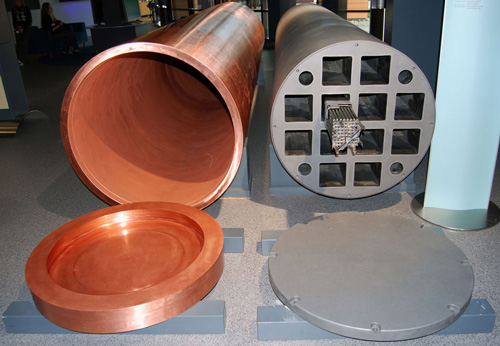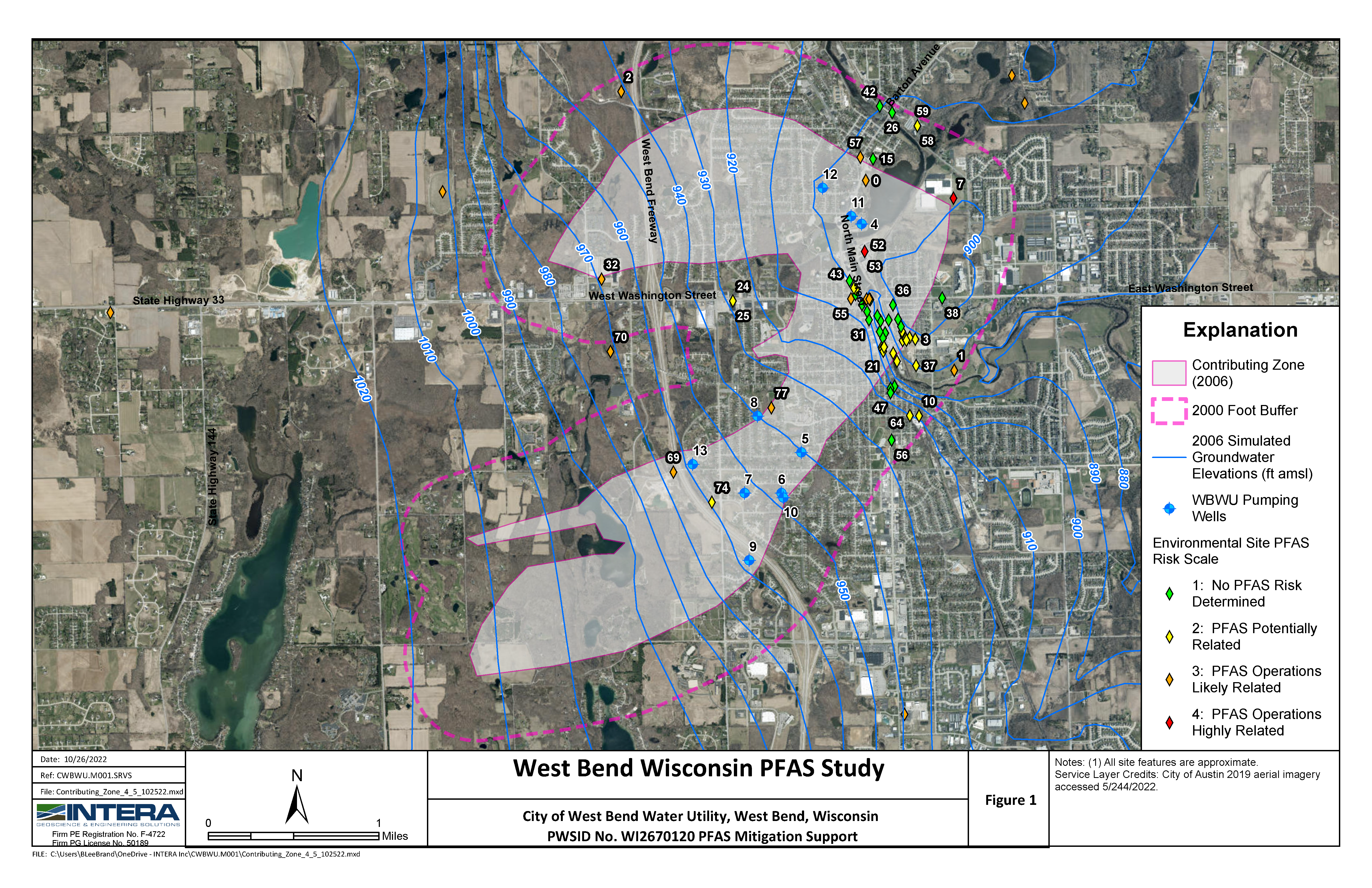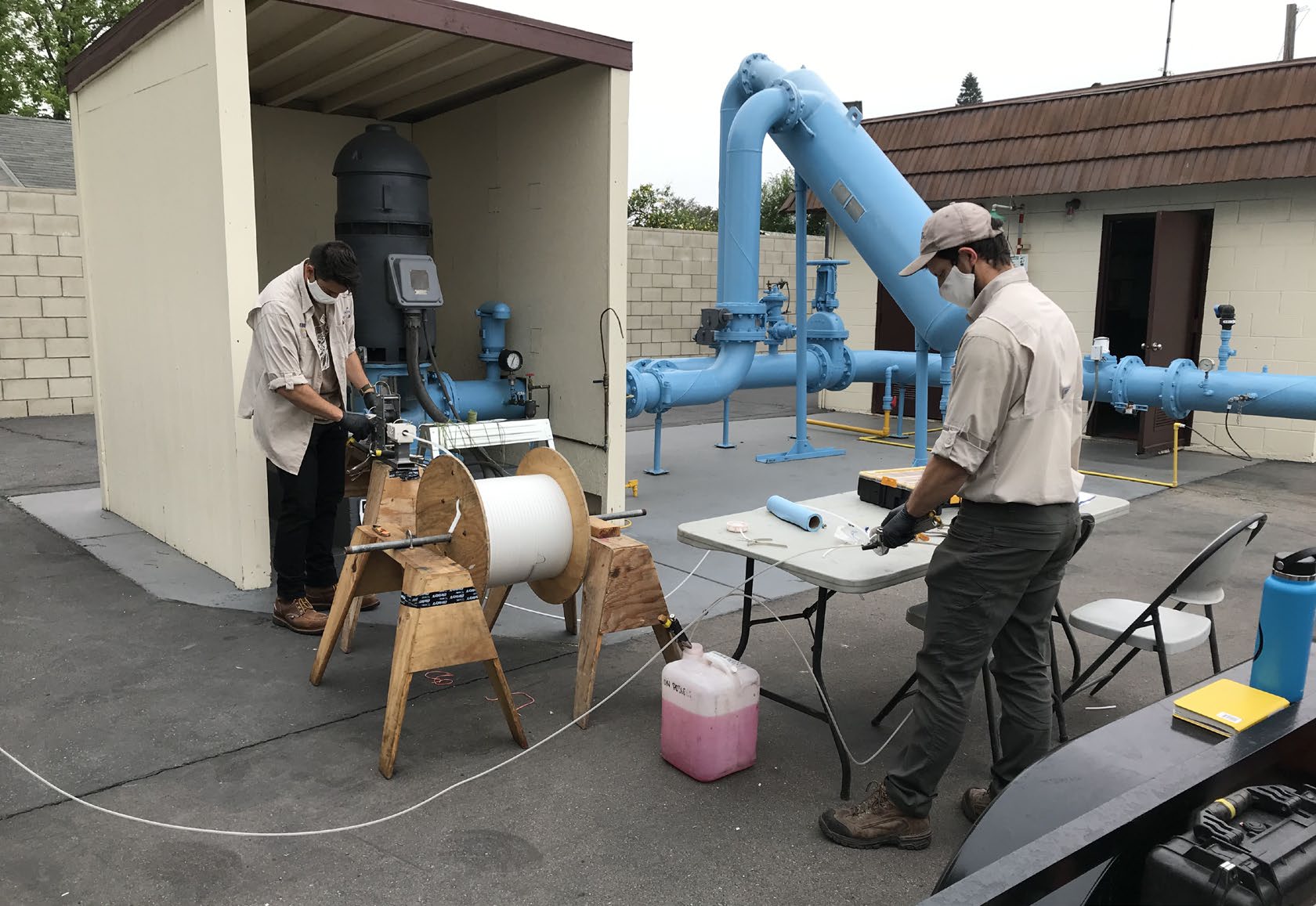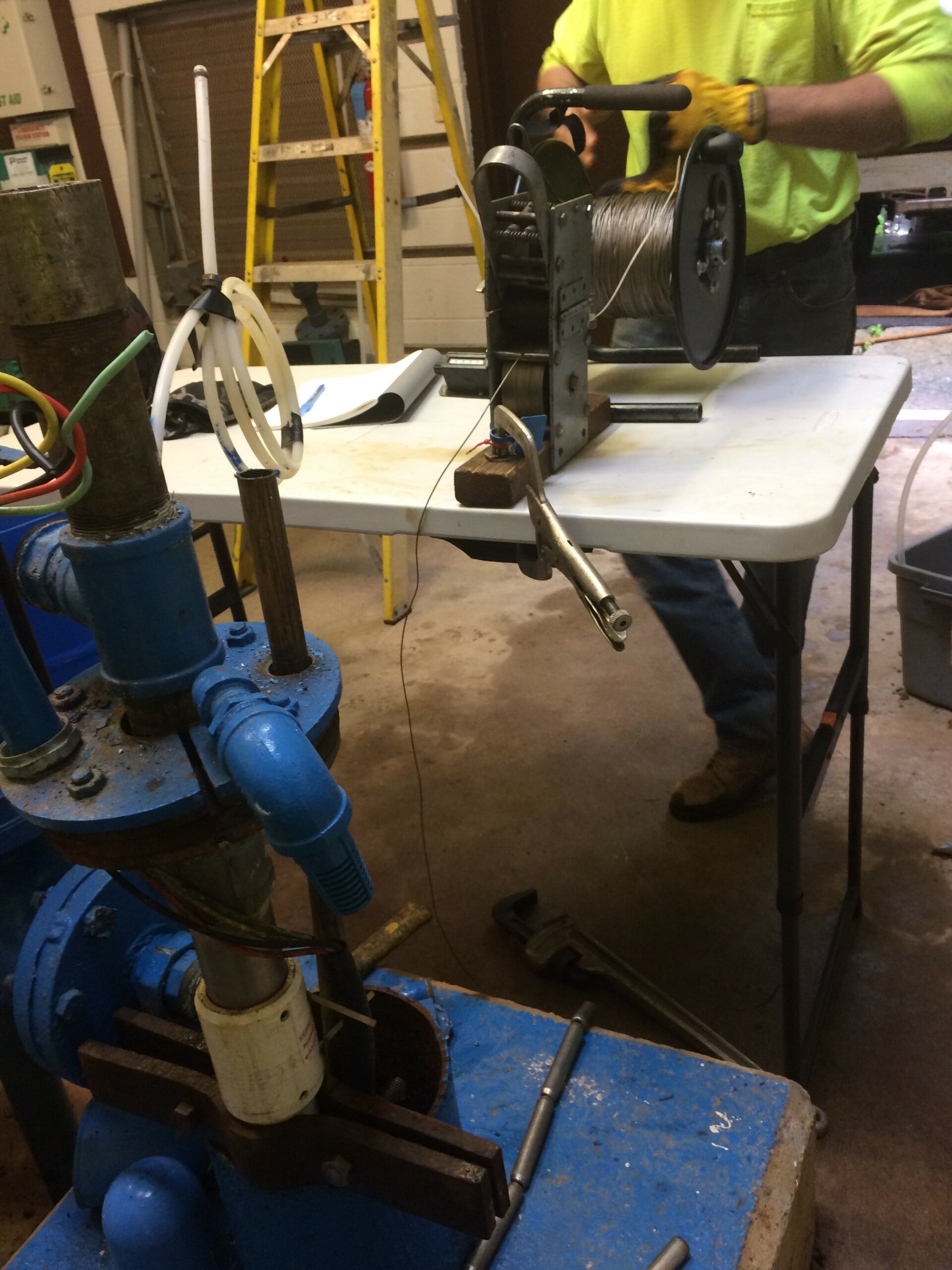
Challenge. Evaluate geochemical aspects affecting performance and safety of the engineered barrier system (EBS) for a KBS-3 repository
Solution. The KBS-3 disposal method for spent nuclear fuel, selected as the preferred method in Finland and Sweden, consists of encapsulating waste in boron steel canisters that are then encapsulated in copper capsules. These capsules are then placed in a layer of bentonite clay in circular holes drilled in an underground repository. The canisters, capsules, and bentonite are key components of the engineered barrier system (EBS) designed to safely isolate the waste. In support of STUK’s and SSM’s oversight of the Finnish and Swedish radioactive waste disposal programs, INTERA personnel have conducted applied research to help address the long-term stability and performance-related aspects of the EBS; conducted and documented regulatory reviews of license applications from the implementing organization; developed methodologies to identify and track progress toward resolving key technical issues related to the bentonite buffer, backfill, and repository plugs and seals; assessed models and data related to near-field and far-field radionuclide transport; and applied coupled thermal-hydrological-mechanical-chemical (THMC) models to assess long-term environmental changes arising from emplacement of radioactive wastes and the impacts of such THMC changes on the isolation performance of disposal systems. In particular, INTERA has focused on THMC evaluation of the early, non-isothermal period of repository evolution in which engineered barriers, waste forms, and the near-field natural host rock experience maximum physicochemical stresses. Other modeling tasks include developing and applying geochemical models to better understand the formation of solubility-limiting solids for radioelements, analytical models of redox-front migration, and adaptation of mechanistic sorption models for use in radioelement transport calculations.




